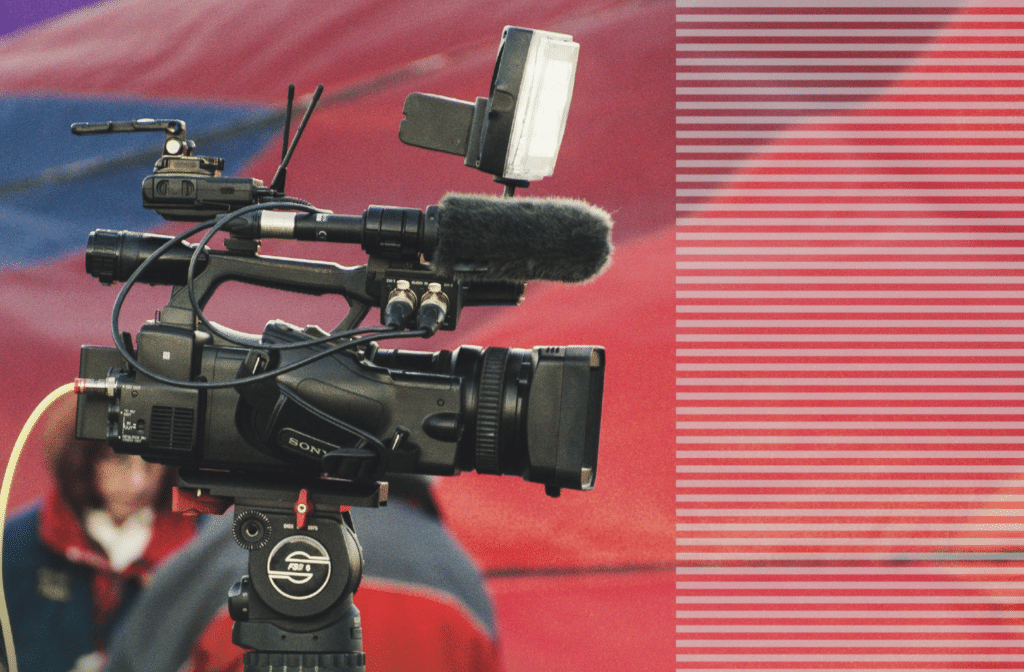Here are a few additional ideas for stories you might want to pursue.
How does your local election office keep voter rolls clean? Ask officials to show you the steps they take to remove those who have died or moved. Is the state part of the list-maintenance collaboration called ERIC, and how is it working? If the state has left ERIC, what impact has that had on list maintenance efforts? How does the election office stop someone from illegally voting in the name of a voter who has died or moved but has not yet been removed from the rolls?
What happens to my mail ballot? Follow the process from beginning to end to help illustrate what steps are taken to make sure that the ballot gets where it’s supposed to go and is accurately counted. How do officials know that a legitimate voter has cast this ballot? Are there gaps in the chain of custody? Can voters track their ballot so they know it’s been received and counted?
Why are drop boxes so controversial? Despite claims to the contrary, there is little, if any, evidence that drop boxes invite fraud. Drop boxes are often monitored with security cameras and the ballots are usually collected by bipartisan teams of election workers. Why is there such a push in some communities to limit or eliminate drop boxes and what is the motivation of those behind such efforts?
Voter ID rules. What kinds of ID are required and what is the impact? Some requirements are much stricter than others. Who is hurt by these rules? Do otherwise eligible voters have some recourse if they don’t have the ID they need? Do ID requirements instill more confidence in the legitimacy of an election?
Homeless voters. More than half a million people are currently homeless in the United States. Many are eligible voters but face obstacles registering because of their lack of a stable address or the required ID. What is being done in your area to help these voters navigate the process? Is it working?
Voters with disabilities. Federal law requires polling sites and equipment to be accessible for voters with disabilities, but that’s not always the case. Check with local disability rights organizations to see if there are obstacles to voting in your area and what elections officials are doing to remove them.
Election worker safety. What kinds of threats do election workers face and what steps are being taken to protect against them? Has there been any shift in the volume of threats and tone since 2020?
Election office turnover. Has your local election office seen much turnover in staff and leadership in the past few years — something many offices are experiencing? Why is this happening and what impact has it had? What is being done about it?
Poll worker recruitment. Every year, communities launch programs to recruit some of the hundreds of thousands of workers needed to help run elections. These efforts often target groups such as veterans, young people, government workers or businesses. Are these campaigns working? Why or why not?
Election vendors. Check out who provides voting machines, services and supplies in your area. What kind of deal do they have with the election office and how is it working? What obstacles do they face meeting demand? Like election officials, they, too, have been on the receiving end of threats and harassment. What is being done to protect them? Concerns have been raised about security gaps in elections. Has the vendor protected against foreign interference or other malevolent actors?
Mis- and disinformation. What, if any, election mis-and disinformation is circulating in your community, who is spreading it and what are election officials doing to counter it? How is it affecting voters and their confidence in the election? Is this part of a coordinated national campaign or the result of individual rumors and confusion?
Citizen activists. The number of groups and individuals who say they want to help make elections more secure has grown rapidly in recent years. Many falsely believe that voter fraud is widespread and belong to a national network of groups pushing for new voting restrictions. Are there such groups in your area? What are they doing, why are they doing it and what impact do they have?
Third-party voter registration efforts. A number of communities have restricted voter registration drives by partisan and nonpartisan groups, such as the League of Women Voters. This has traditionally been an important way to sign up new voters, although sloppy registration drives have sometimes caused logistical or administrative headaches for election administrators. Today, there are more convenient ways to register — such as online voter registration. Are in-person voter registration drives a thing of the past? Has this led to a shift in the electorate? What amount of data is available to tell the story? Many places track how voters get registered.




